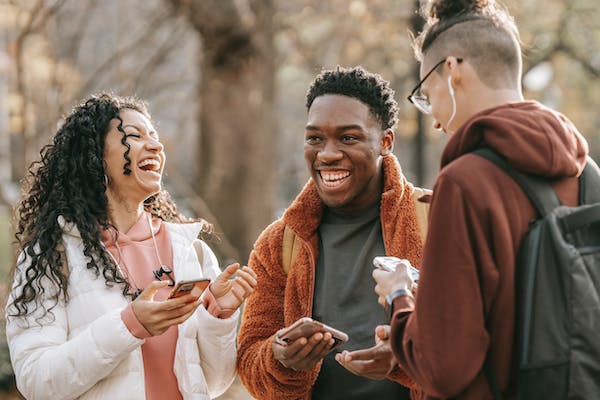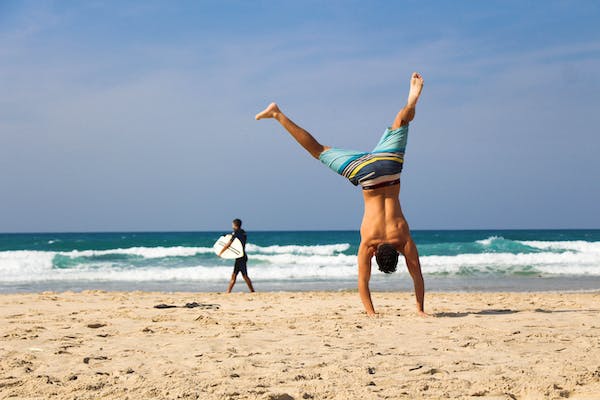.jpeg)
Five Realistic Tips for Teaching Active Agers
The active ageing industry is one of the fitness segments that is expanding the fastest worldwide. In fact, older adult exercise programmes are included among the top fitness trends for 2016, which shows that there are more chances for health and fitness experts to refine their message to this active and outspoken audience. Here are five novel suggestions for successful and entertaining interactions with the active ageing market.
1. Call them “active agers.”
The phrase "seniors" is getting old because it doesn't mean what it did even ten years ago. According to Bobbie Addams, an expert on active ageing headquartered in Chicago, Illinois, "they tell me when I teach at the Park Ridge Older Adult Recreation Center that they prefer the name "seniors" only when they get a discount or collect their social security check."
The market for group exercise may also have the most diverse collection of people over 50. Addams says that as a result, "it's vital to remember that, one-size-does-not-fit-all in terms of movement prescription, it's especially important not to group them all into the same category of "seniors."
2. Address active agers with proper terminology.
A less formal greeting than "Good morning, ladies and gentlemen" is "Good morning, everyone" or "Hey, you guys." A member of the BOSU active ageing initiative's Development Team is New Jersey-based active ageing specialist Bernadette O'Brien, M.A. She is one of the oldest certified personal trainers and group exercise instructors still in the industry at the age of 85. I believe it's crucial that we address those over 50 with respect, she adds. "I wish you everyone a happy evening till we meet again tomorrow. That is a lot more courteous way to end class than 'Bye, you guys.
3. Include neuroplasticity training.
In accordance with the principles of neuroplasticity, the brain may be trained to become more adept at performing all of its tasks as if it were a muscle. The Brain, Body, Balance programme was developed by Kathy Gilbert, who only works with this group in Tallahassee, Florida. Gilbert claims that moving the body while the brain must work is "one of the finest methods to engage in neuroplasticity. So, we frequently play the "Walkie-Talkie" game. This entails holding hands and moving around the room or parking lot in pairs while posing additional prepared questions that require various kinds of mental activities including algebra and long-term memory.
4. Keep the music safe.
The American Council on Exercise advises keeping group exercise music sound at 90 dB or lower, although this population may find this higher range of music to be too loud. While hearing and vision may become less acute with ageing, many individuals report an increase in sensitivity to louder music. The majority of my subjects respond best to a loudness of 60 dB for both land and water, according to O'Brien. "I place some farther from or closer to the speakers, depending on whether they need it louder or softer," the speaker said. To ensure that all audiences in the fitness environment are not exposed to any explicit lyrics, instructors may also choose to acquire pre-screened, professional music.
5. Speak clearly and slowly.
Addams advises speaking more sparingly and effectively each time. Although not all of them have hearing problems, many prefer clear instructions delivered at a slightly slower pace. It takes time to develop the habit of communicating exclusively in brief, precise cues, but this demographic responds favourably to it.






